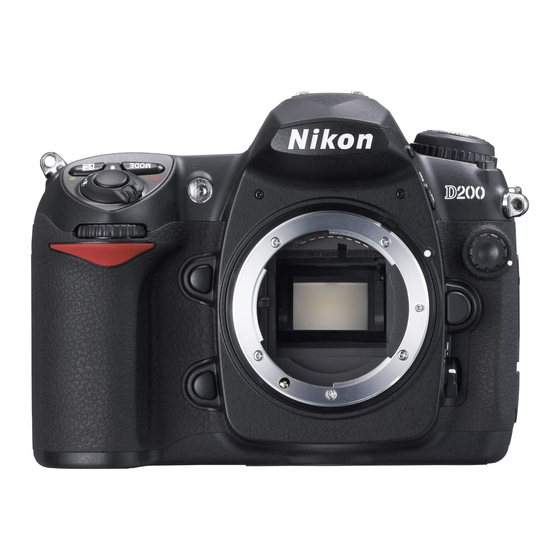Super ED Glass
When light rays pass through optical glass, their varying wavelengths
cause color dispersion, resulting in what is known as chromatic
aberration. One way to prevent this unwanted effect is to use calcium
fluoride crystals, but these fragile elements are sensitive to
temperature changes, which in turn can affect proper focus. Instead,
Nikon invented an alternative glass manufacturing technology called
ED (Extra-low Dispersion) glass. Because of its special production
process, ED glass was initially the exclusive preserve of the
professional, but today it is available in numerous more affordable
Nikkor lenses — including all DX Nikkors. Ongoing improvements have
now resulted in new Super ED glass that offers increased control over
color aberration.
Secondary spectrum amount
ED Glass
Comparison of chromatic aberration
ED Nikkor lens
Aspherical Lens
Nikon first introduced Nikkor SLR lenses incorporating aspherical lens
elements in 1968. Aspherical lenses virtually eliminate the problems of
coma and other aberrations, even at the widest apertures. Based on
decades of aspherical lens processing, Nikon is able to provide a
variety of optical solutions for a diverse range of customer needs. In
particular, Nikon has developed exclusive Precision Glass Molding
(PGM) techniques for larger-
diameter aspherical lenses used
in today's high-performance
optics. This ongoing commitment
to improvement is synonymous
with the Nikkor brand.
6
Ordinary lens
Non-Nikkor lens
Vibration Reduction
Of all the recent innovations in digital imaging and optics, Vibration
Reduction (VR) has arguably received the most attention. And while the
technology of minimizing blur from camera shake is important, it is
equally important to know how — and where — it works. Nikon's VR
technology stands alone in terms of real-world usability, originating in
the lens, not the image sensor. In this way, algorithms optimized to the
individual lens attached can be applied. Another advantage of lens-
based VR is that a separate algorithm confirms the effect when you
press the shutter release button halfway, giving you the freedom to
compose your image more easily. The system can also detect the use
of a tripod or recognize panning, as well as options such as addressing
the specific shake caused by the ongoing vibration patterns produced
when shooting out of a boat or bus. Nikon engineers have taken tens of
thousands of test shots in real-world conditions to ensure that it works
for you in any given situation.
Vibration Reduction via activating lens (conceptual image)
VR lens unit
With Nikon's VR system, you can confirm the vibration reduction effect in the
viewfinder.
Different types of VR lens units are used to maximize each lens'
performance.
Image sensor
Mirror
Shutter
7

